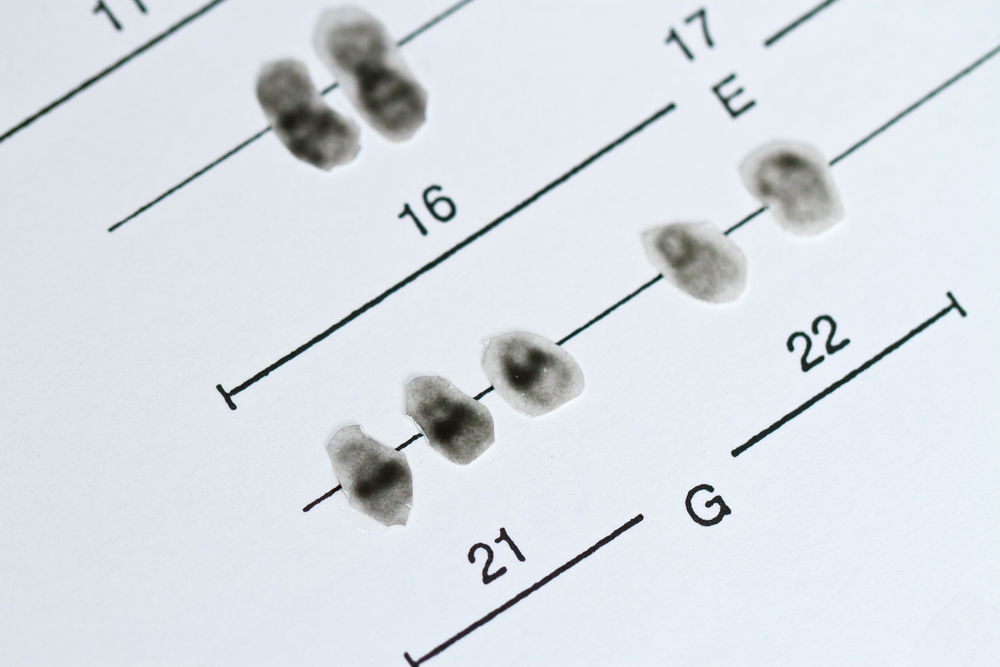Babies with Down Syndrome May Be at Risk of PAH Before Birth

During their development, babies who will be born with Down syndrome have higher levels of anti-angiogenic factors in their lungs, impairing fetal lung vessel growth and potentially contributing to their developing pulmonary arterial hypertension (PAH), researchers report.
The study, “Increased Lung Expression of Anti-Angiogenic Factors in Down Syndrome: Potential Role in Abnormal Lung Vascular Growth and the Risk for Pulmonary Hypertension” was published in the open access journal PLOS One.
While it is known that infants with Down syndrome (also known as Trisomy 21) have a higher risk for developing PAH, the underlying mechanisms that increase their susceptibility to the disease remain poorly understood.
A possible mechanism is linked with angiogenesis, or the development of new blood vessels. Previous studies have suggested that early disruption of angiogenesis during embryonic development negatively affects vessel formation, and animal studies have shown that, in the particular case of the lungs, such disruption impairs alveolar growth and contributes to PAH development.
These results suggested that early disruption of angiogenic signaling may contribute to abnormalities in the lung vascular, and increased susceptibility for PAH.
Down syndrome is caused by an extra third copy of chromosome 21. Several anti-angiogenic factors are encoded on chromosome 21, which means that these genes are triplicated in Down syndrome patients.
Researchers tested if over-expression of chromosome 21 anti-angiogenic factors contributes to the abnormal lung vascular growth in utero of Down syndrome babies. The team analyzed the factors collagen18a1 (endostatin, ES), beta-amyloid peptide (BAP) and Down Syndrome Critical Region 1 (DSCR-1) either individually or combined.
Researchers collected human fetal lung tissue from Down syndrome and non-Down syndrome subjects stored with the University of Maryland, Baltimore, biobank. They then analyzed the expression of 84 angiogenesis-associated genes, paying special attention to both gene and protein expression in fetal lungs of the anti-angiogenic factors ES, amyloid protein precursor (APP, the gene encoding the BAP precursor) and DSCR-1. The team also analyzed subjects’ lung vessel density and wall thickness.
This analysis revealed increased anti-angiogenic activity during lung development in fetal tissue taken from those with Down syndrome. Moreover, researchers also detected diminished microvascular density and increased pulmonary arterial vascular thickness when compared to non-Down syndrome controls. The results show, indeed, impaired development of the lung’s vascular network in fetuses with Down syndrome.
Additionally, researchers detected increased levels of anti-angiogenic factors in Down syndrome lung tissue, including COL18A1, APP, COL4A3 and tissue inhibitor of metallopeptidase 3 (TIMP3). In fetal lungs samples, Down syndrome patients also exhibited high levels of ES, APP, and DSCR-1 (also at protein level) relative to controls.
These results suggest that an in utero anti-angiogenic environment contributes to a high risk for PAH during infancy in children with Down syndrome.







